In the complex landscape of child and family support, many find themselves in a difficult grey area: their challenges are too great to manage alone, yet they don't quite meet the high thresholds for statutory services. For these families, slipping through the cracks is a real danger. So, who steps in? This is where the Common Assessment Framework (CAF), now often known as the Early Help Assessment, is designed to make a difference.
It’s not a perfect solution, but as a dedicated tool for early intervention, it aims to build a coordinated circle of support around a child, ensuring they get the right help before a crisis forces more drastic measures.
Key Takeaways
- The Common Assessment Framework (CAF) is a standardised, early intervention tool designed to identify a child's unmet needs before they escalate.
- It operates through a collaborative, multi-agency process that places the child and family at the centre, requiring their consent and active participation.
- A key feature is the appointment of a Lead Professional, who acts as a single point of contact for the family and coordinates the support plan.
- The assessment takes a holistic view, evaluating the child's developmental needs, the parents' capacity, and wider family and environmental factors.
- The action plan leads to tangible support, such as referrals to specialist services, practical family help, and educational interventions.
What is the Common Assessment Framework (CAF)?
For professionals dedicated to supporting children and families, identifying emerging needs early is a cornerstone of effective practice. The Common Assessment Framework (CAF) is England's standardised approach for doing just that.
It is a process used to identify children’s unmet needs and formulate an action plan to provide the best possible support. The core purpose of the CAF is to facilitate early identification of additional needs and promote a coordinated service response across all agencies involved with a child.
Essentially, it provides a shared language and structure, allowing practitioners from education, health, and social care to work together with the family as a unified team.

A Note on Terminology: CAF and the Early Help Assessment (EHA)
You will often hear the term Early Help Assessment (EHA) in practice today. It is the direct successor to the Common Assessment Framework (CAF), marking a strategic shift in policy towards a clearer, more purpose-driven name.
The change to "Early Help Assessment" was widely adopted because it more accurately reflects the framework's core objective: to provide timely, preventative support and strengthen families before challenges become entrenched. This evolution also aimed to streamline the process, reduce bureaucratic perceptions, and reinforce a focus on partnership and strengths-based work.
While the terminology was updated, the foundational principles and core process remain consistent. The EHA is still a voluntary, multi-agency tool used with consent to holistically assess a child's needs. The transition occurred gradually across local authorities, which is why both terms remain in use. For the purposes of this article, all information about the CAF process applies directly to the EHA.
When is a CAF Needed and Who Benefits?
The CAF is designed for children and young people with additional needs that are not being met by their current, universal service provision (such as mainstream schooling or primary healthcare) and who do not meet the threshold for statutory child protection services. Its goal is to provide support early, preventing difficulties from becoming more serious.
Common circumstances that may indicate a child would benefit from a CAF include:
- Educational Challenges: Persistent unauthorised school absences, permanent or repeated exclusions, or disengaging from education.
- Behavioural and Social Issues: Exhibiting disruptive or aggressive behaviours, or experiencing bullying.
- Health and Wellbeing: Poor physical or mental health, such as anxiety or poor nutrition.
- Family Circumstances: Housing issues, lack of parental support, family breakdown, or exposure to substance abuse.
The process is entirely voluntary and requires the informed consent of the child’s parent or carer. Families can choose what information is shared and can refuse a CAF if they wish.

Principles of a Strength-Based Assessment
A high-quality CAF is more than a procedural task; it is a professional, holistic analysis of a family's situation. To be truly effective, the assessment should be:
- Accurate and Authentic: The assessment must provide a true, evidence-based representation of the family's strengths and needs, creating a reliable record of discussions.
- Child-Centred and Inclusive: The child must be kept in focus throughout, with their perspective and voice clearly evident. The process should fully involve the family, ensuring their opinions and experiences are heard without prejudice.
- Clear and Practical: The resulting document must be concise and understandable for all involved, including the family. It should clearly identify strengths and needs and lead directly to a practical action plan.
- Solution-Focused and Systemic: The assessment should concentrate on what the child and family want to achieve, exploring the various systems that impact them—from home and school to the wider community.
- Professional: The practitioner’s approach should be non-judgemental, honest, and open, adhering to organisational codes of practice for all documentation.
What Does the CAF Process Consist Of?
The CAF provides a structured yet flexible framework for assessment and planning. A typical local authority outlines the process in four clear steps: identify needs early, assess those needs, deliver integrated services, and review progress.
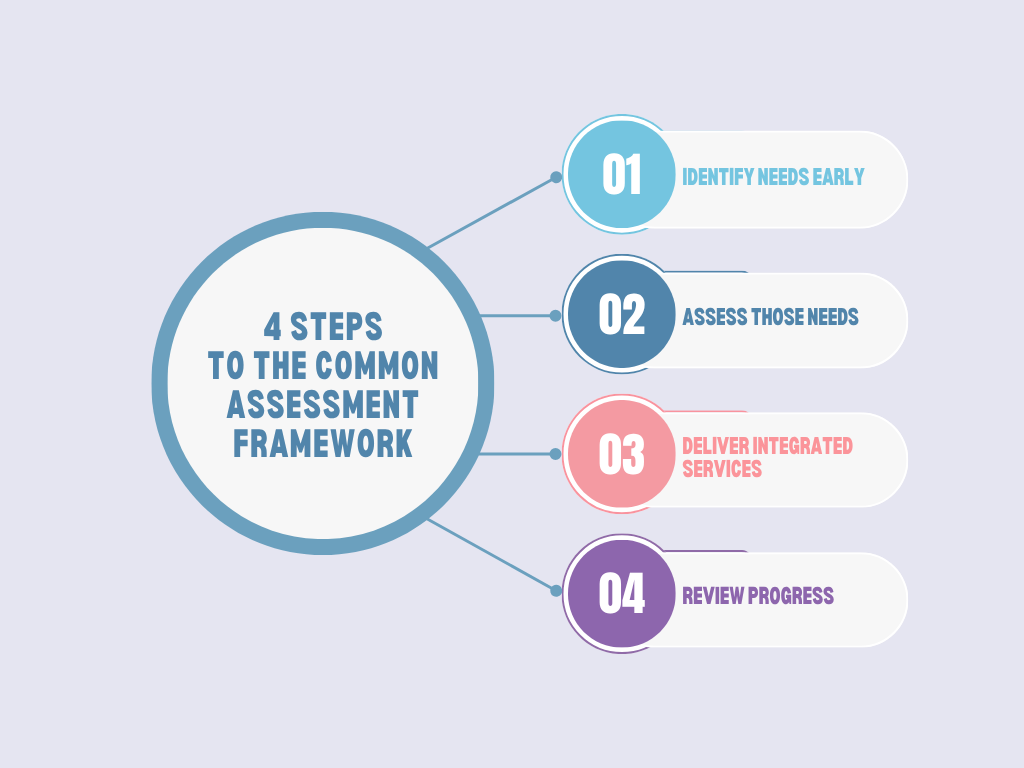
The Holistic Assessment Domains
The assessment itself is a holistic exercise, gathering information across three key domains to build a complete picture of the child's life.
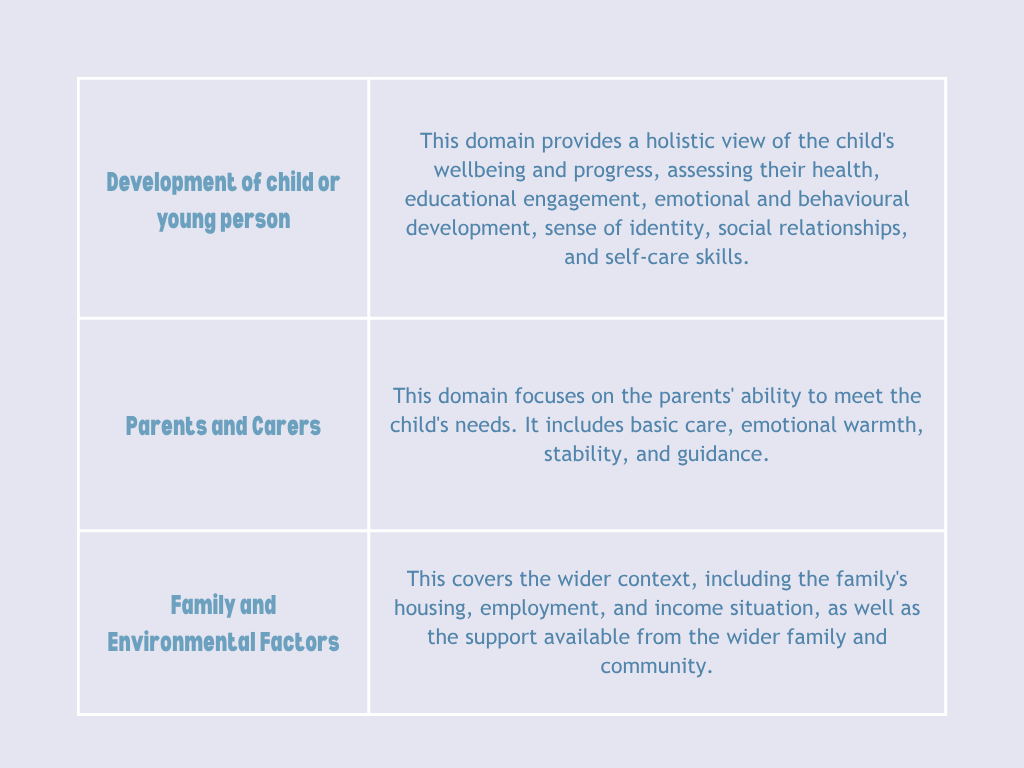
From Analysis to Action Plan
The final stage of the CAF involves analysing the gathered information to create a clear, practical, and coordinated action plan. A robust plan will outline:
- Identified Issues: A concise statement of the challenges, e.g., "A lack of parental structure is impacting the child's school attendance."
- Actions: Specific steps to address the issues, e.g., "To support the child to get back into a school routine."
- Responsibility: Who needs to take the action—this could be the child, parents, a teacher, or a social worker.
- Timeline: When the action will be completed, e.g. this will be reassessed in 3 months time.
- Desired Outcomes: What success looks like, e.g., "The child's attendance increases to 70%".
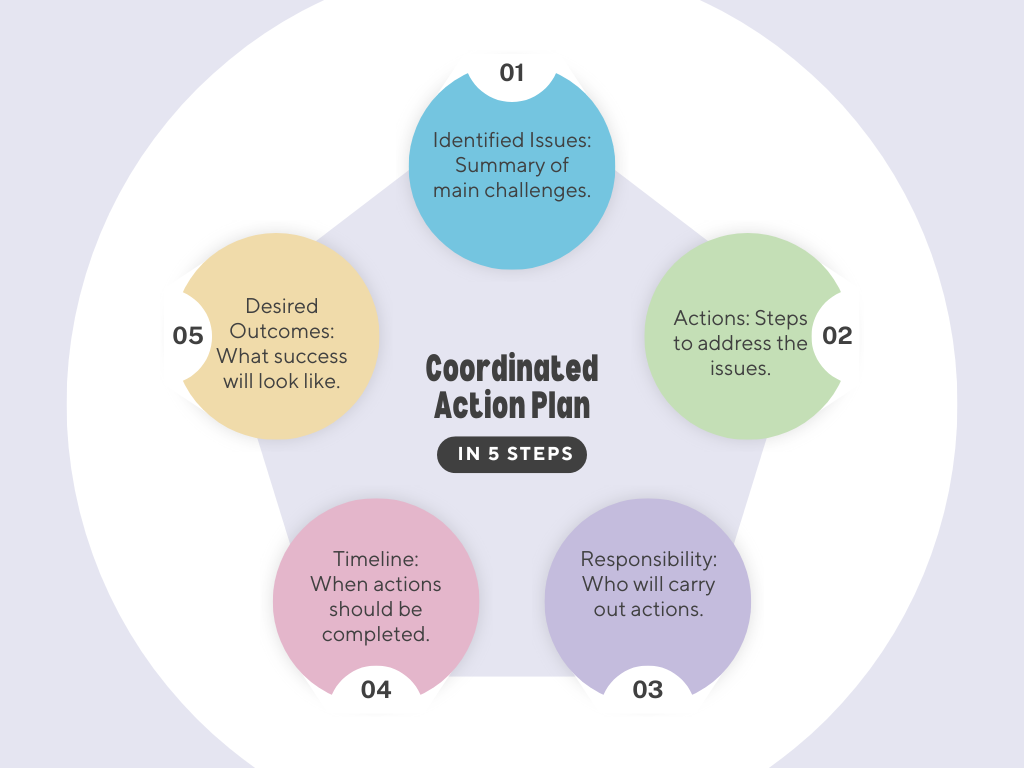
Key Roles: Who is Involved?
Who Can Offer a CAF?
Any skilled practitioner who has been trained to complete the assessment can carry out a CAF. This often includes teachers, health visitors, family support workers, and youth workers. Importantly, any practitioner can complete a pre-assessment checklist if they believe a child may be at risk, which can then lead to a full assessment by a trained professional.
The Role of the Lead Professional
If multiple agencies are involved in the support plan, a Lead Professional will be appointed. This person, who could be a teacher or a family support worker already known to the family, has a crucial role. They act as the single point of contact for the family, keeping them informed and listening to their views. They are also responsible for coordinating all the services involved, ensuring the action plan stays on track and that support is seamless.
What Kind of Help is Put in Place?
The specific help put in place will be unique to the family's situation, but it generally falls into several key categories:
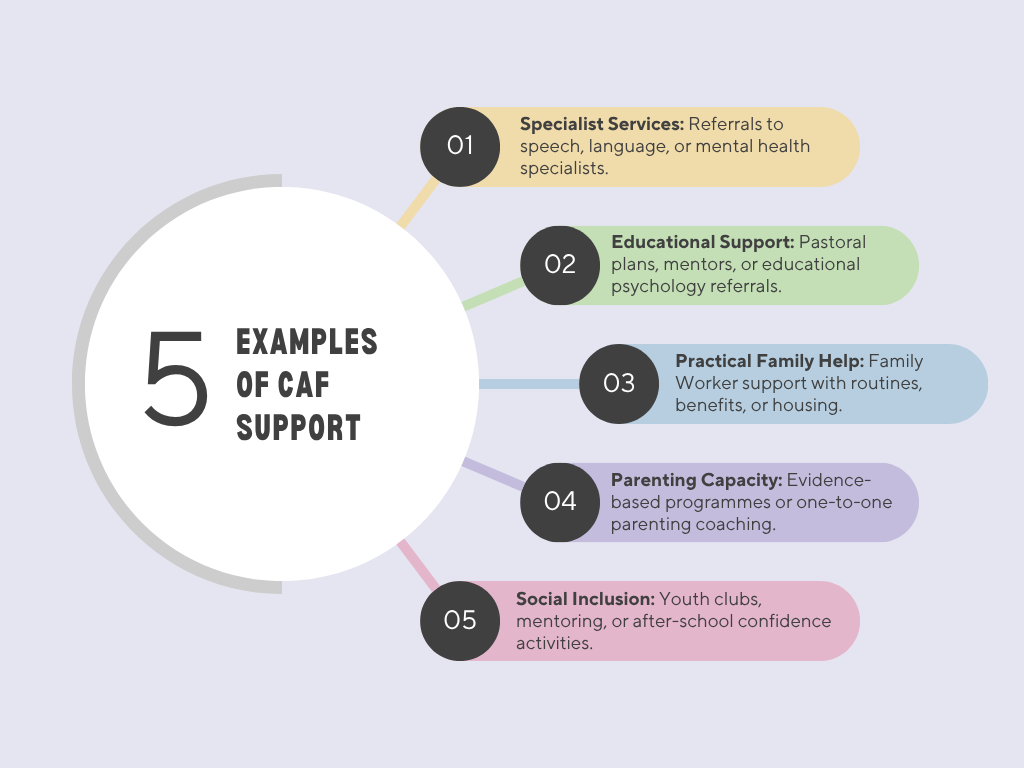
The Lead Professional's role is crucial in ensuring these different pieces of support work together seamlessly, preventing the family from having to manage a disjointed list of appointments and services on their own.
Top Tips for Completing an Effective Assessment
To ensure a CAF is as impactful as possible, practitioners should aim for the following:
- Start with consent and collaboration. Make sure the family understands the purpose and gives informed consent before you record or share information.
- Use strengths-based language. Record both capabilities and needs—this improves engagement and outcomes.
- Be practical: set SMART actions. Specific, measurable, achievable, relevant, time-bound actions with named owners.
- Keep records clear and proportionate. Focus on relevant facts and avoid unnecessary duplication—use the pre-assessment checklist to decide whether a CAF/EHA is appropriate.
- Review regularly. Built-in review dates keep support responsive and avoid drift.
- Use local training and templates. Local safeguarding partnerships usually publish guidance and forms—complete training where available.
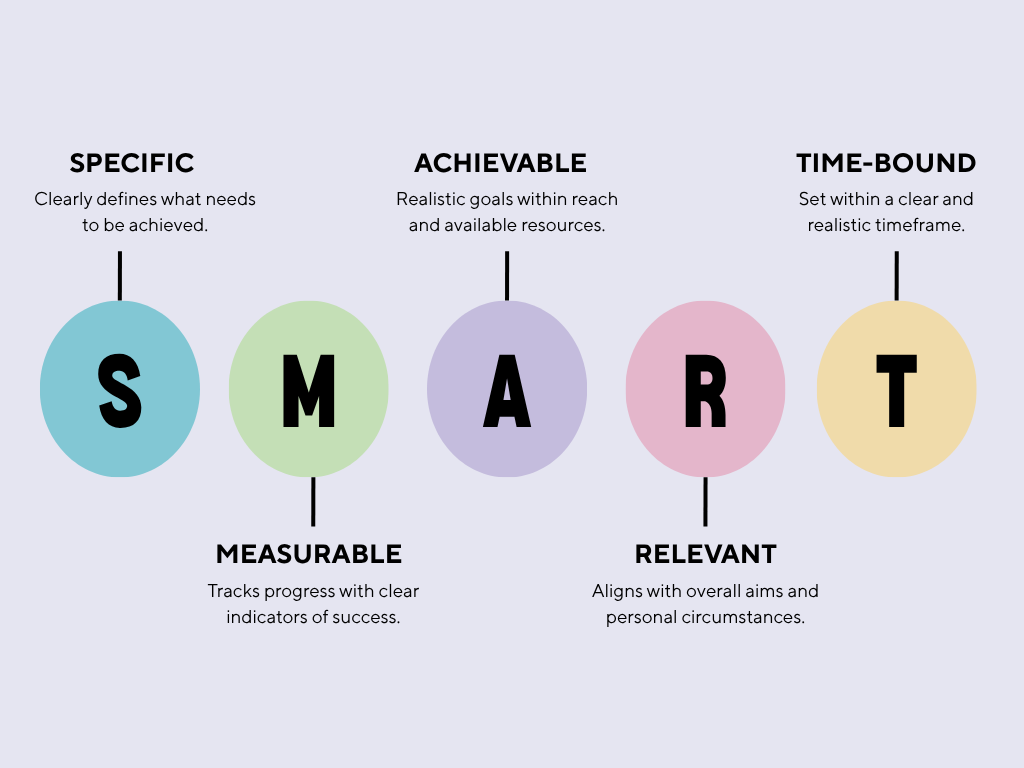
Limitations and Challenges of the CAF
While the CAF is a powerful tool, it is not without its challenges. A key government-commissioned report highlighted that the effectiveness of the CAF can be inconsistent. Its success often depends heavily on local implementation, practitioner buy-in, and the availability of services to meet the identified needs.
Research exploring professionals’ experiences with the CAF form highlights a key challenge: it is sometimes viewed merely as a referral tool, rather than as a genuine process of assessment and collaborative planning. This perception can reduce its use to a “tick-box” exercise, limiting family engagement and undermining the deep, multi-agency cooperation the framework is intended to promote. Recognising these practical barriers is crucial for practitioners aiming to implement the CAF effectively.
Conclusion
The Common Assessment Framework is far more than a form to be completed; it represents a collaborative, child-centred philosophy for delivering early help. By providing a structured yet flexible way for agencies to work together with families, it ensures children receive the right support at the right time.
For dedicated social care professionals, mastering the CAF (or its successor, the EHA) is a powerful way to build trust, coordinate effective care, and ultimately, make a lasting positive impact on the children and families. In an ideal scenario, it supports families by making services fit their needs, rather than expecting them to navigate a fragmented system alone.
Sources
- Children services assessment: Common assessment framework (CAF) | Hackney Council. (n.d.). Lbh-website. https://hackney.gov.uk/common-assessment-framework
- Collier, E. (2022, June 15). What is an Early Help Assessment? The Hub | High Speed Training. https://www.highspeedtraining.co.uk/hub/early-help-assessment/?utm_source
- Cooper, J. (2013, September 10). Common Assessment Framework ‘should be scrapped’ Community Care. https://www.communitycare.co.uk/2011/07/01/common-assessment-framework-should-be-scrapped/
- Council, T. (n.d.). Common assessment framework | Children’s care professionals processes | Thurrock Council. https://www.thurrock.gov.uk/childrens-care-professionals-processes/common-assessment-framework
- Department for Education. (2012, May 31). Exploration of the costs and impact of the common assessment framework. GOV.UK.https://www.gov.uk/government/publications/exploration-of-the-costs-and-impact-of-the-common-assessment-framework
- Early Help Assessment Guidance Notes for completing the Early help assessment. (2019). In North Yorkshire Safeguarding Children Partnership. Retrieved October 7, 2025, from https://www.safeguardingchildren.co.uk/wp-content/uploads/2019/09/Early-Help-Assessment-Guidance.pdf
- Learning Ladders. (2023, March 14). What is the Common Assessment Framework? | Explained. Learning Ladders Education. https://www.learningladders.info/blog/common-assessment-framework/
- Nethercott, K. (2020). Assessment or referral tool: the unintended consequences of a dual purpose common assessment framework form. Journal of Interprofessional Care, 35(1), 1–9. https://doi.org/10.1080/13561820.2019.1705772
- Spinks, S. (2024, July 12). Supporting families: Early help. SSS Learning Limited. https://ssslearning.co.uk/safeguarding-articles/earlyhelp?
- The Common Assessment Framework for Children and Young People A guide for managers. (2009). In Children’s Workforce Development Council. Retrieved October 7, 2025, from https://trixcms.trixonline.co.uk/api/assets/greatermanchesterscp/45dbdc00-3700-4f3d-a2aa-35e848ec3c12/caf-guidance-managers.pdf
- Tracy. (2024, November 26). Safeguarding early help. Child Protection Company. https://www.childprotectioncompany.com/safeguarding-training/safeguarding-early-help/




